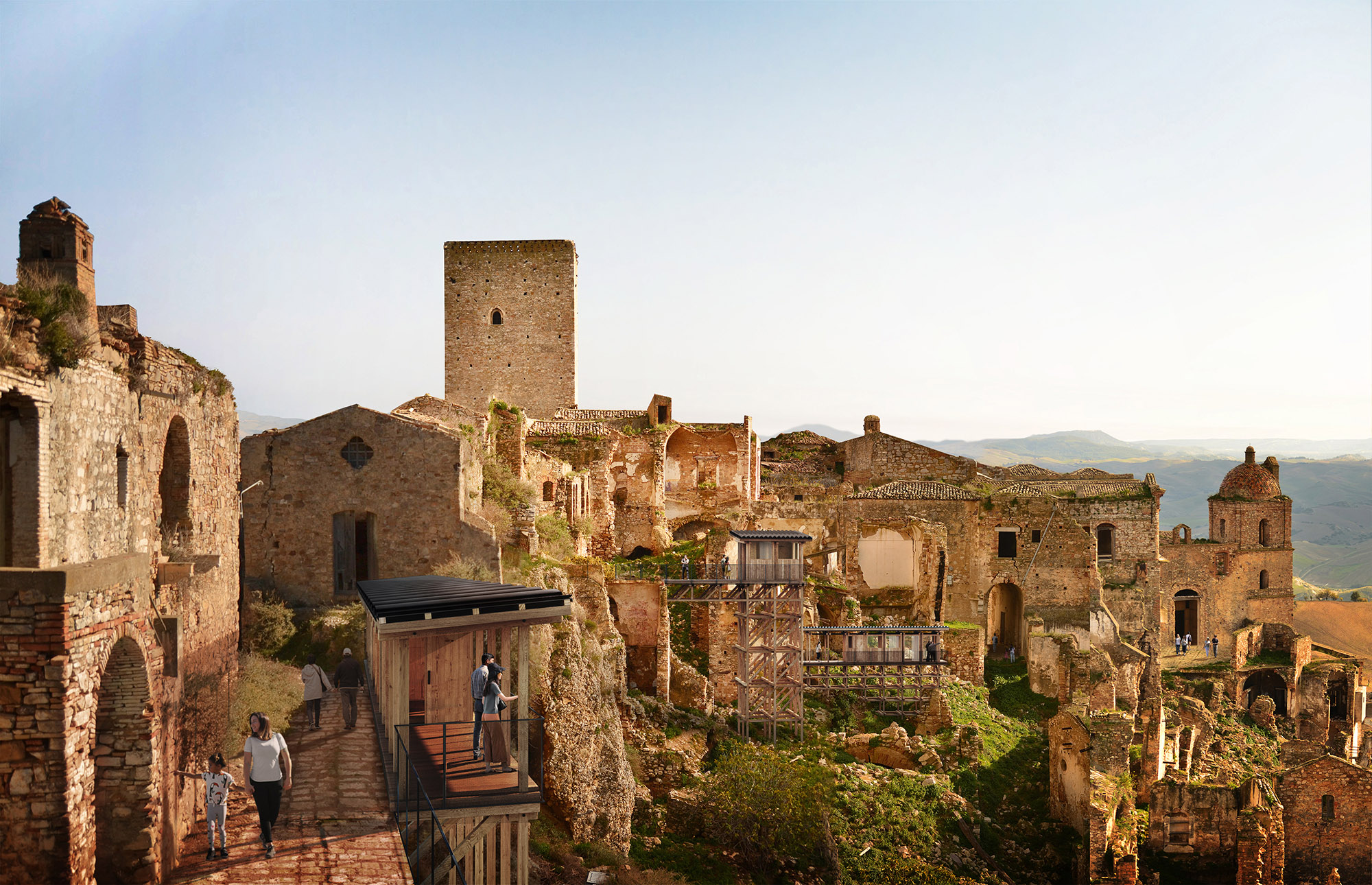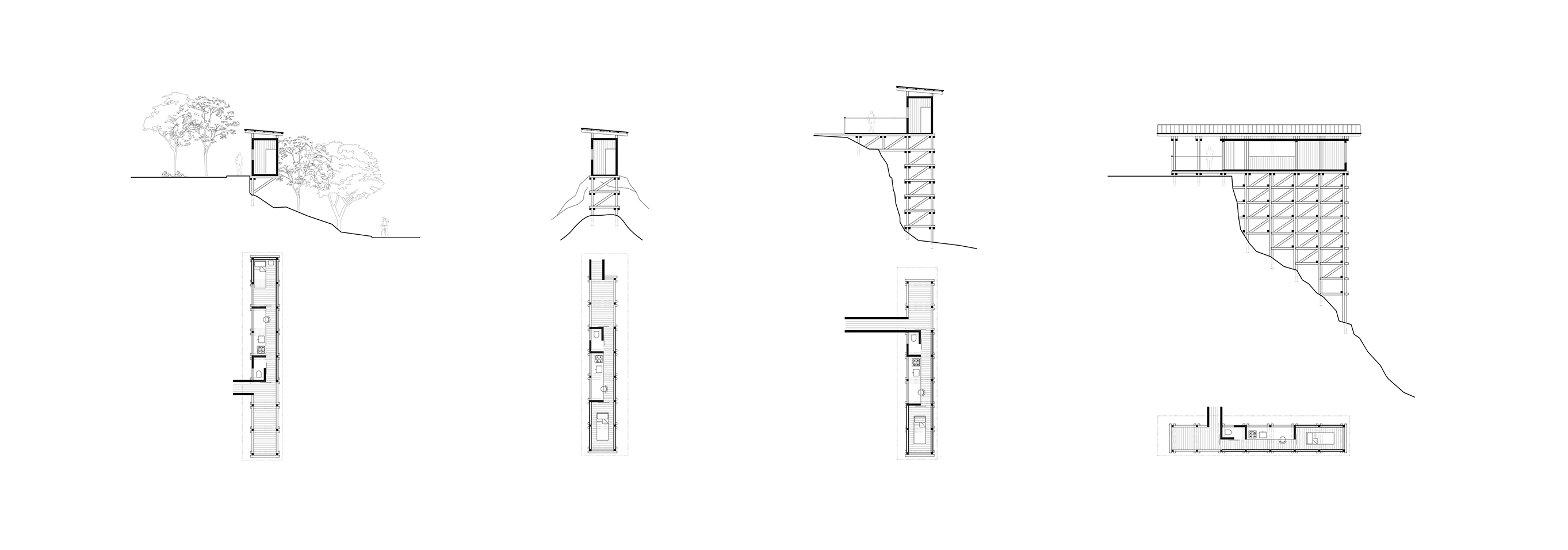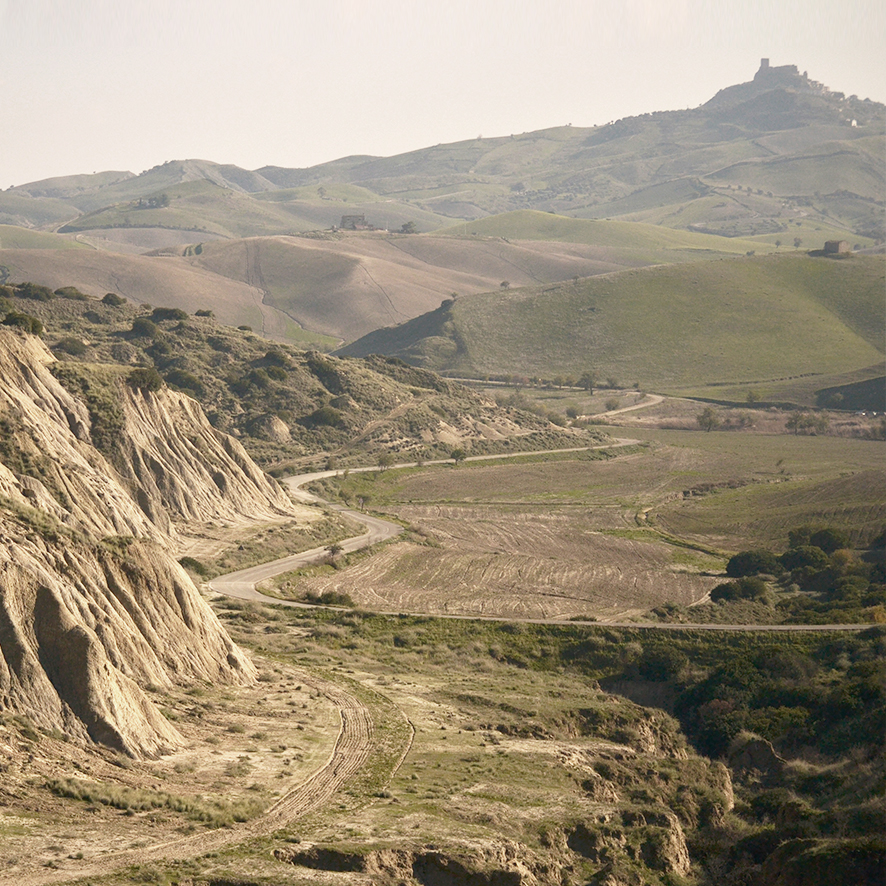
MONTEDORO
Type: International design Competition
Award: Third Prize
Year: 2020
Physical Model: Atelier PCA
Images: Playtime, Barcelona
Site: Craco, Italy
Client: YAC and Craco Ricerche srl










